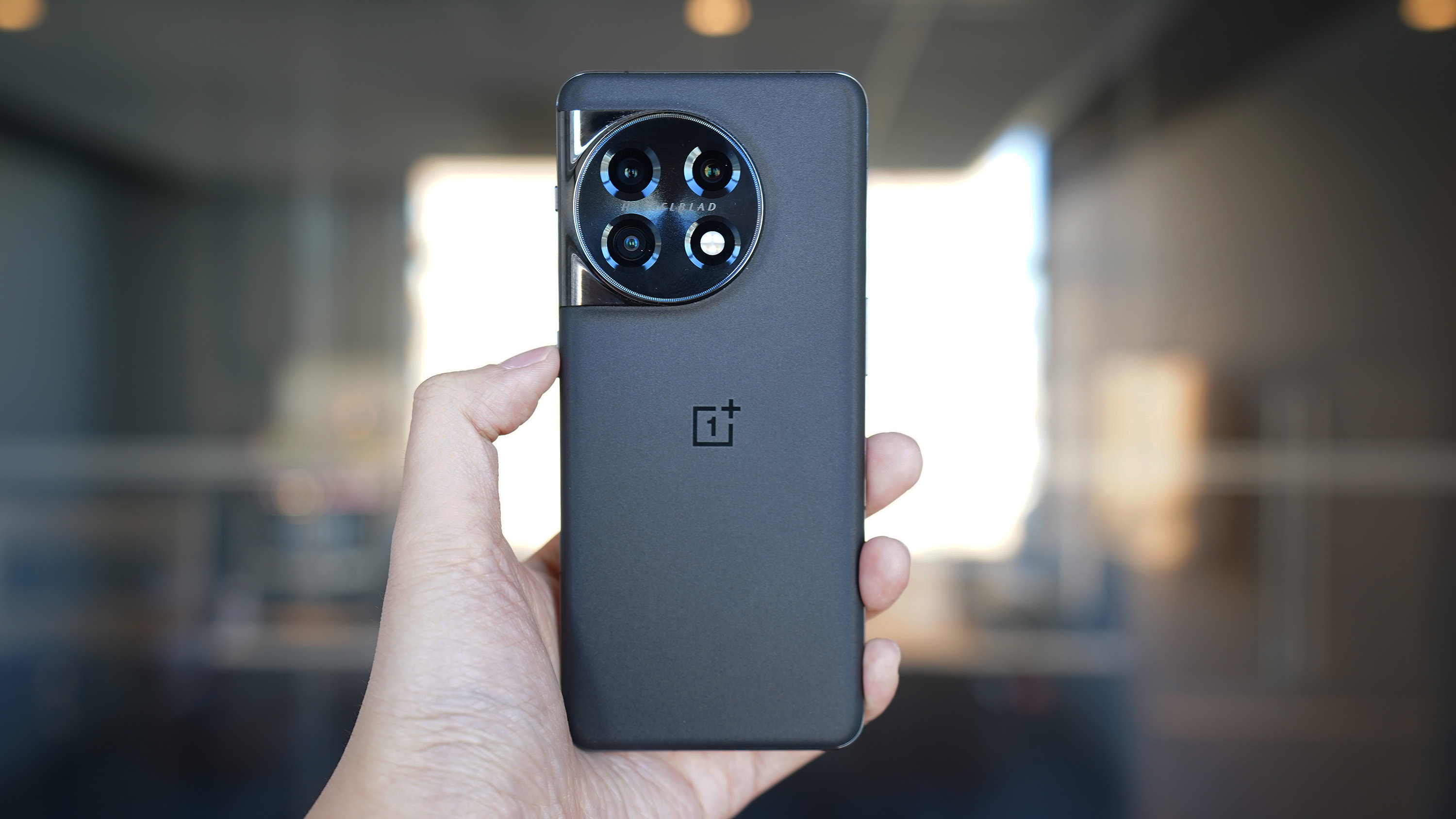'ZDNET Recommends': What exactly does it mean?
ZDNET's recommendations are based on many hours of testing, research, and comparison shopping. We gather data from the best available sources, including vendor and retailer listings as well as other relevant and independent reviews sites. And we pore over customer reviews to find out what matters to real people who already own and use the products and services we’re assessing.
When you click through from our site to a retailer and buy a product or service, we may earn affiliate commissions. This helps support our work, but does not affect what we cover or how, and it does not affect the price you pay. Neither ZDNET nor the author are compensated for these independent reviews. Indeed, we follow strict guidelines that ensure our editorial content is never influenced by advertisers.
ZDNET's editorial team writes on behalf of you, our reader. Our goal is to deliver the most accurate information and the most knowledgeable advice possible in order to help you make smarter buying decisions on tech gear and a wide array of products and services. Our editors thoroughly review and fact-check every article to ensure that our content meets the highest standards. If we have made an error or published misleading information, we will correct or clarify the article. If you see inaccuracies in our content, please report the mistake via this form.
OnePlus 11 review: $699 for all the speed you need


OnePlus 11
pros and cons
- Snappy and smooth performance
- 80W fast-charging (in the US) with charger in the box
- Premium build quality for the price
- Competitive main camera for photos
- No wireless charging
- Only an IP64 rating
- Ultrawide camera is not so ultrawide
Companies often see a product launch early in the year as a chance at a fresh start with consumers.
With the OnePlus 11, OnePlus has clearly done some reflecting, setting its high-end market aspirations to the side, digging through playbooks from four to five years ago, and making the call to produce a flagship smartphone for less.
The question is: Undercutting the competition with strategic compromises may have worked in the past, but will it work this time? I've been testing the OnePlus 11 for the past month and here are my thoughts on what works and what doesn't.
Specifications
Display | 6.7-inch AMOLED with 120Hz (LTPO 3.0) |
Processor | Qualcomm Snapdragon 8 Gen 2 |
| RAM/storage | 8GB/16GB with 128GB/256GB |
| Battery | 5,000 mAh with up to 100W wired charging (80W in the US) |
| Camera | 50MP wide, 48MP ultrawide, 32MP telephoto, 16MP front |
| Connectivity | 5G (sub-6 GHz) with no CDMA support |
Colors | Titan Black and Eternal Green |
IP rating | IP64 dust resistance |
| Price | Starting at $699 |
The price is right
I typically reserve the price part of the review for the end but knowing how much the OnePlus 11 costs should help put the rest of the analysis into better perspective. The phone this year comes in two variants: $699 for 8GB of RAM and 128GB of storage and $799 for 16GB of RAM and 256GB.
I think we can all agree that the market can use more high-performing sub-$800 phones, and the OnePlus 11 is the latest to give us that. That said, while the phone is at least $400 less than flagships from Samsung and Apple, the lower price should make you wonder what the compromises are. Here's the breakdown.
The first thing that jumps at you when holding the OnePlus 11 is that circular camera bump.
If the design ain't broke...
OnePlus is playing it safe with the 11's design, which is both disappointing and understandable. By keeping most of the elements from last year's 10 Pro, like the matte-frosted backing, the squircle alignment of the rear camera lenses, and the curvy edges that give a pebblelike feel, OnePlus can repurpose existing parts and resources while making upgrades to internals that really impact usability.
This is a trend that we're seeing with this year's tech products (see Apple's M2 MacBook Pros and Samsung's Galaxy S23 series) and I fully expect to see more companies taking a similar approach as we go into the midyear.
More: Best sustainable and eco-friendly phones
Here's the problem: OnePlus is doing more than just recycling the design of the 10 Pro. It's also removing features that the company was previously criticized for not having in earlier phones. That includes wireless charging capabilities, an IP68 rating for water and dust resistance (the phone is rated IP64, which is only good enough to handle light splashes), and last year's fun-filled 150-degree ultrawide camera.
ZDNET Recommends
As much as I'd like to just shrug those features off because, well, $699, it's difficult to do so when there are similarly priced competitors like the Google Pixel 7 and Samsung Galaxy S23 that don't require the same compromises.
In OnePlus' defense, the actual hardware design of the 11 is sleek and more premium-feeling than other sub-$800 phones that I've used. The brand's industrial design remains top-tier, with the metal and glass materials blending seamlessly together. I find it particularly charming when stacked beside the boxy Samsung Galaxy S23 Ultra and Apple's unnecessarily wide iPhone 14 Pro on my desk.
Oh, and the handy alert slider is still here, so let this be my obligatory shoutout so OnePlus knows not to remove it ever again.
The alert slider, which lets you quickly toggle between mute, vibrate, and sound profiles, is back, and hopefully for good.
Performance
OnePlus' evident choice to invest most of its money in the internals of the 11 explains the Qualcomm Snapdragon 8 Gen 2 chipset that powers the whole operation. I tested the overclocked version of the mobile platform in my Samsung Galaxy S23 Ultra review, and that turned out to be an astounding experience. My time with the OnePlus 11 was no different.
Review: Galaxy S23 Ultra: A weekend later, I'm nearly sold
While the Snapdragon 8 Gen 2 in the OnePlus 11 is technically not as fast as Samsung's S23 Ultra's, it still does a remarkable job of keeping the phone running efficiently throughout the day, and I found it muscled through any app or service that I threw at it. My review unit was also powered by 16GB of RAM, which, for the sake of future-proofing, is the configuration that I'd recommend picking up if you do end up investing in a OnePlus 11.
In general, my experience with Oxygen OS which, at this point is just a fancy way of saying Color OS, is not as bad as I expected. It's definitely not what OnePlus' software strategy used to be, and there are a few too many software features that can be viewed as gimmicks, but I don't mind the bits that I do embrace, including the smooth animations, personalizable always-on display, and how natural OnePlus integrates haptic feedback.
The smooth operation can also be credited to the new LTPO 3.0 display housed within the 6.7-inch frame. Compared with last year's version, LTPO 3.0 is much more aggressive with dialing between lower and higher refresh rates, to the point where the display will optimize itself as soon as you register an input, tap, or swipe. As a result, I'm seeing some promising endurance numbers (roughly 6 to 7 hours of screen-on time per charge) with the OnePlus 11.
Review: Buy the OnePlus Buds Pro 2 for their bassy sound, not the connectivity
To top up the device, the OnePlus 11 supports up to 100W of fast wired charging via the company's own SuperVOOC charger, included in the box. It's a somewhat outdated USB-A to USB-C format, and US customers are restricted to 80W rates instead of the full 100W, but I'm not complaining. Powering the phone from zero to full takes less than 30 minutes, which is game-changing for anyone who often forgets to charge their smartphone.
Camera quality
We're going into year three of OnePlus' $150 million partnership with Swedish camera maker Hasselblad and the collaboration may finally be paying off. This year, the OnePlus 11 features a new 50-megapixel main camera with Sony's IMX890 (versus the 10 Pro's 48MP main with Sony's IMX789), a 48MP ultrawide that stretches to a 115-degree FOV (versus the 10 Pro's 150-degree FOV), and a 32MP IMX709 portrait telephoto lens that's been "benchmarked by Hasselblad's optical standards."
That last is the most notable change as the phone now captures subjects with a 2X optical zoom, which is not as sharp-focused as the 3X options on the market. The results (see images below) from the new telephoto lens are still impressive, though I'd suggest dialing down the blur effect that OnePlus continues to encourage within the camera app. Like last year's OnePlus 10 Pro, it's the main lens on the OnePlus 11 that really shines.
Colors have a sprinkle of saturation that makes the image more expressive, and I love how OnePlus isn't overdoing the sharpening effects. In most cases, I just pointed the phone at a subject, tapped the shutter button, and was left with an output that looked naturally pleasing to the eye.
The 48MP ultrawide camera with its 115-degree FOV is great to have, too, but I really wish OnePlus had kept the 150-degree FOV lens from last year. In comparison to the latest phones from Apple, Samsung, and Google, the OnePlus 11's ultrawide is just not as capable of capturing the essence of, say, a New York skyscraper, or glorifying the smallest of subjects.
Bottom line
The OnePlus 11 is the company's return to form, offering a balance of speed and power at the expense of utility. For a starting price of $699, you'd be hard-pressed to find another device with this combination of hardware, processing power, charging speed, and cameras.
But, this delicate dance of product designing, while familiar to enthusiasts who have been following the OnePlus story since the beginning, may raise questions regarding what the company's mission is at this point.
It just seems like OnePlus is stuck between a rock and a hard place, the rock being its loyalists who favor fast and smooth smartphones for hundreds of dollars less than the competition, and the hard place being its parent company, BBK Electronics, pressuring OnePlus to rack up as much profit as possible -- even if that means cutting out some of its most loved features.
Alternatives to consider
Besides the OnePlus 11, here are the best alternatives that I'd recommend: